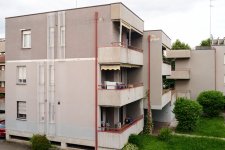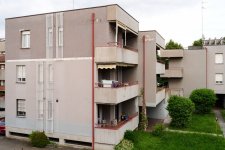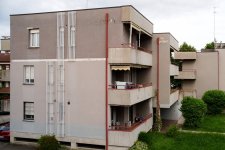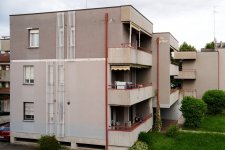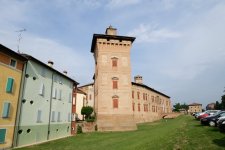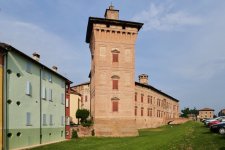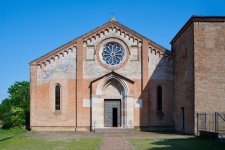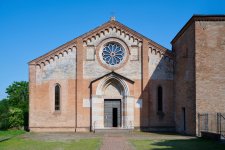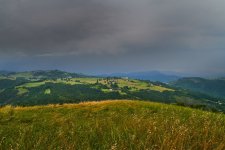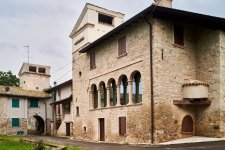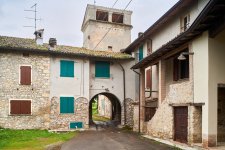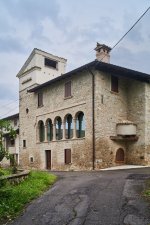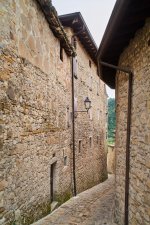- Messages
- 139
- Name
- Nigel
- Edit My Images
- No
Whilst wasting time surfing the net looking for a better copy of one of my Nikon shift lenses, A strange looking lens popped up on Ebay as an alternative. The Schneider Kreuznach PC Curtagon 4.0 35mm had an original take on a shift lens movement. Instead of the usual screw, you turn a ring to shift the lens.I resisted buying it for a while before GAS got the better of me, and this lens was just to curious to miss. It is also brand new in a box, and it cost me just €240. They usually go for much more. My local dealer has a sad looking one at €300 in Leica mount. Mine is Nikon F mount. So I was sure if I did not like it I will lose nothing when I sell it on.
My lens is the last version, and dates from the mid eighties and is multi coated. I only found a couple of reviews of this lens, and both talk about the lens having barrel distortion. I took it out today to see what it was like to use, and to see some pictures made with this lens.
I quite like the rendering of this lens, the images seem to have a certain smoothness. I might of been the overcast day though. The chromatic aberrations seem less than my Nikon 35mm PC and the lens at F8-11 seems nice and sharp. I used Capture 1 to straighten things out to my satisfaction, although the barrel distortion is not really noticeable in a real life photo. My lens which has been years on the shelf has a certain stiffness to the shift mechanism, but it seems to be freeing up a bit. Will it dethrone the Nikon 35PC? Well the Nikon has 11mm of shift, the Curtagon has just 7mm, so it is a toss up.
Here are a couple of shots of the lens and a few test shots I did in town.
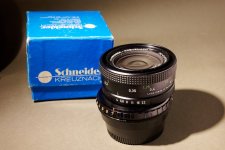
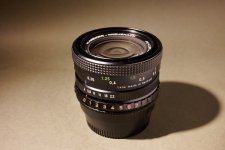
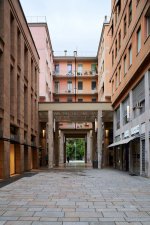
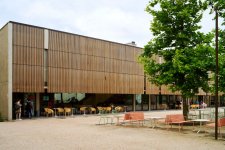
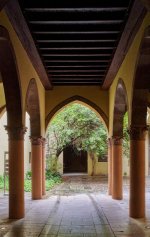
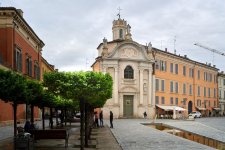
My lens is the last version, and dates from the mid eighties and is multi coated. I only found a couple of reviews of this lens, and both talk about the lens having barrel distortion. I took it out today to see what it was like to use, and to see some pictures made with this lens.
I quite like the rendering of this lens, the images seem to have a certain smoothness. I might of been the overcast day though. The chromatic aberrations seem less than my Nikon 35mm PC and the lens at F8-11 seems nice and sharp. I used Capture 1 to straighten things out to my satisfaction, although the barrel distortion is not really noticeable in a real life photo. My lens which has been years on the shelf has a certain stiffness to the shift mechanism, but it seems to be freeing up a bit. Will it dethrone the Nikon 35PC? Well the Nikon has 11mm of shift, the Curtagon has just 7mm, so it is a toss up.
Here are a couple of shots of the lens and a few test shots I did in town.







